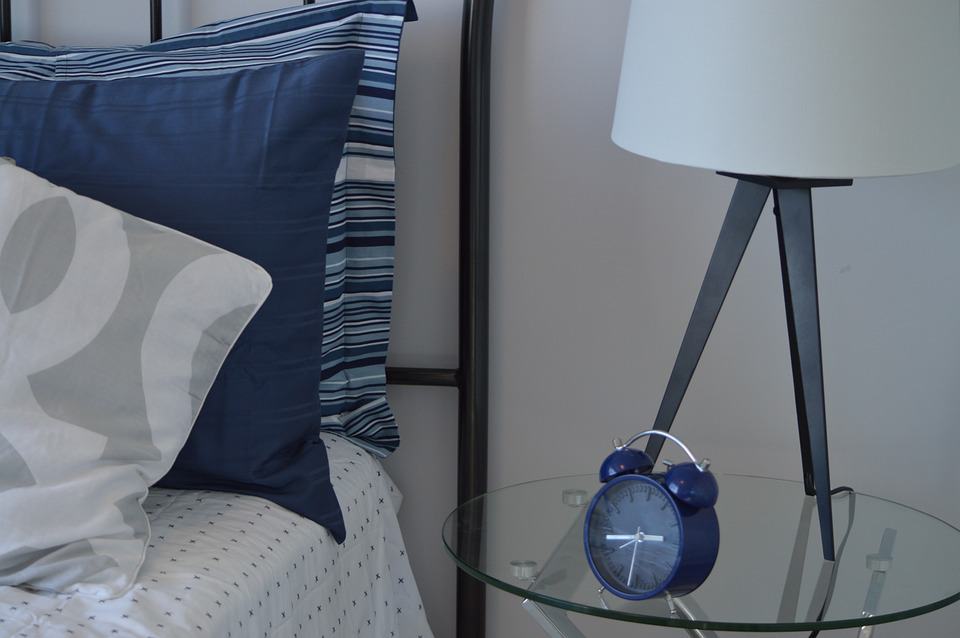Alarm clocks can in all shapes and size with different bells and whistles. Below are some of the more common features.
- Customizable alarms: An alarm clock, by definition, allows users to program alarms based on their individual needs. Basic designs allow one or two different alarm times, while more advanced models may allow up to six or more. A select number of newer clocks also offer dedicated weekday and weekend alarms that allow users to get more sleep on days when they don’t work.
- Multiple alarm sounds: Some sleepers prefer to wake up to music or ambient noise, while others don’t mind loud beeping sounds. The ideal alarm clock comes equipped with a wide range of sound options, including vibrating options.
- Sleep music timer: Alarms that allow music playback may come with a sleep timer that allows users to listen to music for a preset length of time as they fall asleep.
- Snooze button: When users hit the snooze button, it triggers a delayed alarm that allows them to sleep or rest for a few more minutes. Traditional alarm clocks feature an automatic 10-minute snooze, but most models made today allow users to customize the snooze duration as they see fit. Some alarm clocks also feature ‘gradual wake up’ settings that sound the alarm at quieter levels that gradually increase until the user turns off the snooze.
- Automatic time sync: Traditional alarm clocks require users to manually adjust the time when the device is unplugged or the power goes out, but some newer models automatically sync based on an internal clock. These models may automatically adjust for Daylight Savings Time too.
- Adjustable volume: Some people prefer loud alarms, while others find that quieter alarms are more effective. Alarm clocks usually allow users to adjust the volume to their ideal level, and some also feature vibrating alarms for gentler wake-ups. The maximum volume in an alarm clock sold today may range anywhere from less than 60 decibels (dB) to more than 110.
- Visual display and adjustable brightness: In addition to the current time, some alarm clocks display other information, such as the current date and temperature. Many modern designs feature LCD displays that can be brightened or dimmed to match the user’s visual preferences.
- Time projector: Some alarm clocks will project the time onto ceiling and wall surfaces. This allows sleepers to check the time without shifting positions in bed.
- Power source: The majority of alarm clocks sold today are powered through AC electrical outlets, while some are battery-operated. Some AC-powered models can also be loaded with backup batteries in case of power outages.
- Compact size: Alarm clocks are typically small and lightweight enough to fit on any table or other bedside surface, and most can be easily transported for travel as well.
- USB charging: Like many electronic devices sold today, some alarm clocks feature USB ports that can be used to charge smartphones, tablets, and other devices.
- Bluetooth compatibility: Many newer alarm clock models can be linked to Bluetooth speakers using a wireless connection.

Source: https://www.tuck.com/alarm-clock-reviews/
Sleep Tip #327: Savvy alarm clock shoppers prioritize sleep.
Leave a Reply